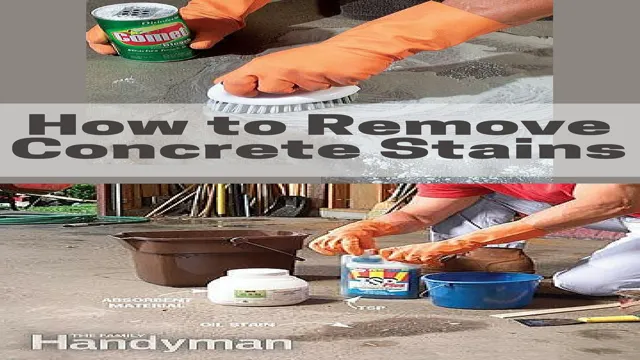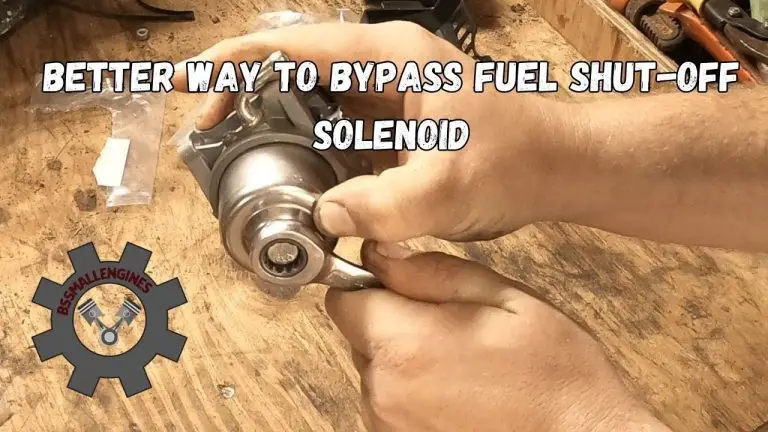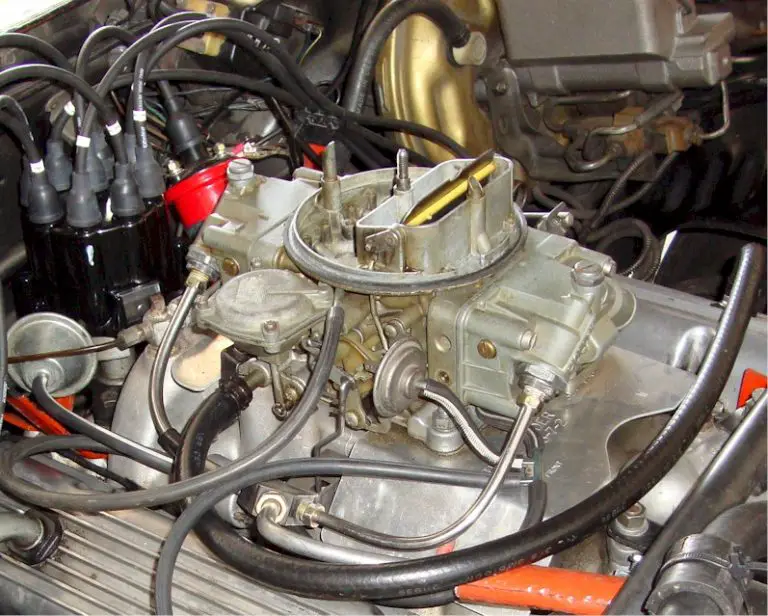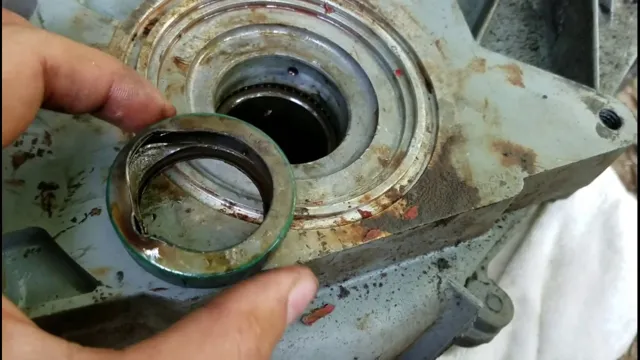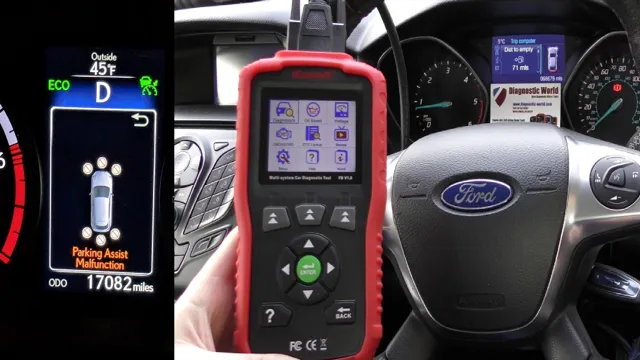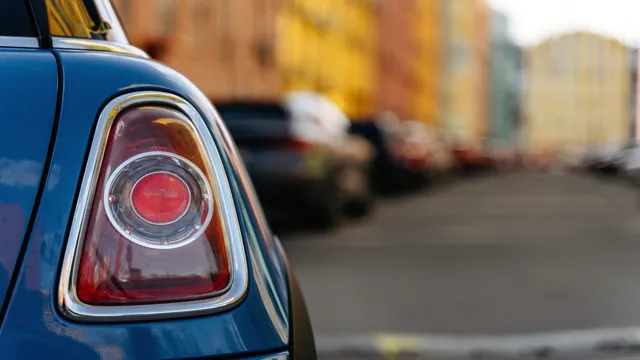Powerful Tips to Effortlessly Eliminate Stubborn Diesel Stains off Your Concrete Surfaces
Have you ever spilled diesel on your concrete driveway or garage floor? It can be a nightmare to remove as diesel is notoriously stubborn. You might feel like giving up and just living with the unsightly stain, but fear not, there are solutions to remove diesel stains from concrete. In this blog post, we will discuss some effective methods to get rid of diesel stains and restore your concrete surfaces to their former glory.
So let’s dive in and see how you can tackle this pesky problem.
What You’ll Need:
Cleaning diesel stains off concrete can be a daunting task, but with the right tools and supplies, it’s a manageable task. First, you’ll need to gather a few materials, including a degreaser, a stiff bristle brush, a pressure washer, and safety gear like gloves, goggles, and a respirator mask. Once you have these items, start by applying the degreaser to the stain, letting it sit for a few minutes.
Next, scrub the area with the stiff bristle brush, making sure you’re using enough pressure to break down the stain. After scrubbing, use the pressure washer to rinse the area thoroughly. Repeat this process until the stain has been lifted completely.
Remember to wear your safety gear during the whole process, as chemicals like degreasers can be harmful if they come in contact with your skin or eyes. By using these tips, you’ll be able to tackle those diesel stains and leave your concrete looking as good as new.
Oil Cleaner or Chemical Solvent,
When it comes to cleaning up oil spills, there are two main options to choose from: using an oil cleaner or a chemical solvent. If you’re dealing with a small spill or just a few drops on your garage floor, an oil cleaner can usually do the trick. These products are designed to emulsify the oil, breaking it down until it can be easily wiped away.
However, if you’re dealing with a larger spill or one that has soaked into porous surfaces like concrete, you may need to use a chemical solvent to fully clean up the mess. Chemical solvents are more aggressive than typical oil cleaners and are designed to dissolve the oil, making it easier to remove. They should be used with caution, however, as they can be harmful to the environment and can cause skin irritation if they come into contact with your skin.
Ultimately, the choice between an oil cleaner or chemical solvent will depend on the severity of the spill and the surface you’re dealing with. Just be sure to follow all safety precautions and dispose of any used products properly to minimize their impact on the environment.
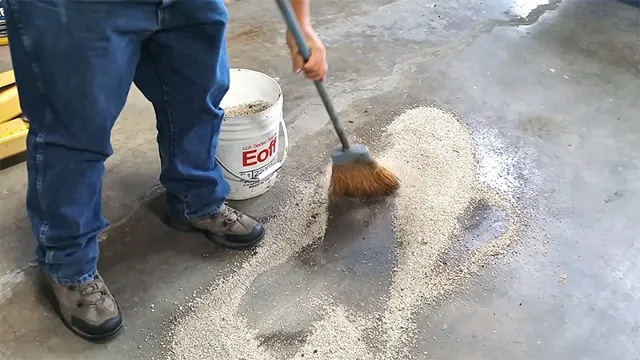
Stiff Scrub Brush,
When it comes to cleaning tough surfaces, a stiff scrub brush can be a lifesaver. It’s a tool that can be used in various cleaning tasks, from scrubbing tiles, grout lines, and concrete floors, to cleaning outdoor furniture, patio, and BBQ grills. To get the best results, you’ll need a scrub brush that is firm enough to cut through stains and stubborn dirt without damaging the surface.
It should also fit comfortably in your hand and have a sturdy handle that won’t break easily. Additionally, you might want to consider the bristle type and length based on the task at hand. For instance, if you are dealing with tough grime and grease, go for a brush with stiff and short bristles, while a soft-bristled brush will be gentle on fragile surfaces and sweep debris effectively.
Ultimately, a stiff scrub brush is a valuable cleaning tool that can save you time and energy when tackling tough stains and messes around the home.
Water Hose,
“Water Hose” If you’re fortunate enough to have a garden or outdoor space, a water hose is an absolute must-have. Not only does it make watering plants and gardening tasks more manageable, but it’s also an excellent tool for washing your car or cleaning outdoor furniture. Firstly, you’ll need to decide on the length of the water hose, with most available in 25ft, 50ft, or 100ft options.
Consider the size of your outdoor space and how far you’ll need to reach when selecting a size. Next, think about the material of the hose. Rubber hoses are more durable and can withstand higher water pressure, whereas PVC hoses are more affordable and lightweight.
Additionally, you’ll need to purchase the correct nozzle for your water hose, which can come in various spray patterns, such as mist, shower, and jet. Depending on the intended use, you may also want to purchase attachments like sprinklers or hose reels to keep your water hose tidy and organized. With these basic necessities, you can make sure your outdoor space stays hydrated and looks its best.
Step-by-Step Guide:
If you’ve got diesel stains on your concrete, don’t worry, you’re not alone. It’s a common problem with a simple solution. Follow these steps to clean diesel stains off concrete:
First, remove any loose dirt and debris from the area with a broom or vacuum. Next, apply a generous amount of degreaser or concrete cleaner to the stain.
Use a stiff-bristled scrub brush to work the cleaner into the stain, applying more solution as needed.
Let the cleaner sit for at least 30 minutes, or as directed on the label. Finally, rinse the area thoroughly with a hose or pressure washer.
Repeat the process if necessary. Remember to wear protective gloves and eyewear when using chemicals, and always follow the manufacturer’s instructions. With a little elbow grease, your concrete will look as good as new in no time!
1. Apply the Oil Cleaner or Chemical Solvent
When it comes to cleaning your bike components, the first step is to apply oil cleaner or a chemical solvent. These products can help dissolve any grime or grease build-up that has accumulated over time. If you’re looking to use an oil cleaner, you’ll want to apply it liberally to the surface you wish to clean and use a clean cloth to scrub away any dirt or debris.
For best results, you may want to let the cleaner sit for a few minutes before wiping it away. On the other hand, if you prefer to use a chemical solvent, be sure to apply it in a well-ventilated area and be mindful of the product’s recommended safety precautions. After application, use a cloth to wipe away any excess cleaner and give your bike components a thorough rinse with water.
Remember, taking the time to properly clean your bike can prevent costly repairs and keep your ride operating smoothly for years to come.
2. Let the Cleaner Soak In for 30 Minutes
When it comes to cleaning, letting the cleaner soak in is one crucial step that should not be overlooked. Whether it’s a tough stain on your carpet or grime build-up in your bathroom, allowing the cleaner to sit for thirty minutes gives it enough time to work its magic. During this time, the cleaner breaks down the dirt and makes it easier to clean.
It also softens the stains and makes them easier to remove. Soaking in is especially important when dealing with tough stains or heavily soiled areas. Always make sure to read the instructions on the cleaner’s label to know how long you should let it sit.
Furthermore, you must avoid using the wrong type of cleaner or leaving it on for too long as it can damage your surfaces. Remember, a little patience can go a long way when cleaning.
3. Scrub the Area with a Stiff Brush
Scrubbing the greasy area with a stiff brush may sound like a daunting task, but it’s a crucial step in removing the stubborn stains effectively. Here’s a step-by-step guide to help you get the job done quickly and easily. First, prepare the cleaning solution by mixing warm water with a grease-fighting dish detergent.
Next, dip the stiff brush into the solution and start scrubbing the greasy area vigorously. Don’t be afraid to use some elbow grease, as the more you scrub, the better the results will be. Make sure to pay specific attention to the corners and crevices, as these are the areas where grease tends to accumulate the most.
After a few minutes of scrubbing, rinse the area thoroughly with warm water. You may need to repeat this step a few times, depending on the severity of the grease stains. Using a stiff brush may scratch delicate surfaces, so ensure that you only use it on sturdy surfaces.
If in doubt, test a small inconspicuous area first. By following these simple steps, you’ll be able to remove even the toughest grease stains with ease. So the next time you’re faced with a greasy mess, don’t fret! Just remember to grab your trusty stiff brush, and you’ll be good to go in no time.
4. Rinse the Area with a Water Hose
Now that you’ve scrubbed away the dirt and grime from your outdoor surface, it’s time to rinse it off with a water hose. This step is crucial to ensure that all the cleaning solution and leftover debris is washed away. Begin by connecting the hose to a water source and turning it on at a medium pressure.
Direct the nozzle towards the targeted area and start spraying the surface from the top of the area downwards. This method helps to prevent streaks and watermarks from forming. Be sure to cover the entire surface, making sure to rinse thoroughly from every angle.
After a few minutes, turn off the water hose and take a look at your newly cleaned outdoor space – it should look as good as new! Remember to always be careful and mindful of your surroundings when using a water hose. The pressure of the water can be quite powerful, so it’s essential to direct the stream away from any plants or furniture nearby. By following these simple steps, you can achieve a beautiful, spotless outdoor area in no time!
Preventing Future Stains:
If you’re looking to prevent diesel stains from ruining your concrete surfaces, there are a few things you can do. Firstly, it’s crucial to have a designated parking area for vehicles that run on diesel. This way, you can contain any potential spills or leaks before they have a chance to damage your pavement.
If you do need to fill a diesel vehicle on your concrete driveway, be sure to use a funnel to avoid any accidental spills. Additionally, you can apply a sealant to your concrete surface. A sealant will provide an extra layer of protection against stains and spills, making it easier to clean up any diesel residue.
Remember, prevention is key when it comes to keeping your concrete surfaces clean and stain-free!
1. Use a Sealant on Your Concrete,
When it comes to preventing future stains on your concrete, one effective solution is to use a sealant. A sealant helps to create a barrier between the porous surface of the concrete and any potential staining agents, such as oils or chemicals. Applying a sealant also helps to protect your concrete from damage caused by weathering, including cracks and discoloration.
It is essential to choose the right type of sealant for your specific needs, as there are different options available, including penetrating, acrylic, and epoxy sealers. By investing in a quality sealant and regularly reapplying it as needed, you can keep your concrete surface free from unsightly stains and extend its lifespan. It’s an easy preventative measure that could save you time and money in the long run.
2. Cover Your Concrete with Mats or Tarps,
When it comes to preventing future stains on your concrete floor, there are a couple of things you can do to protect it. The first is to invest in a good quality mat or tarp and place it over the concrete whenever possible. This is especially important if you are doing any kind of work that may spill liquids or chemicals onto the floor.
Mats or tarps will act as a barrier between the floor and any potential stains, keeping your concrete looking clean and new for longer. When choosing a mat or tarp, make sure to look for one that is specifically designed for use on concrete surfaces. This will ensure that it is durable enough to withstand heavy use, and that it won’t damage the surface of your floor.
By taking these simple precautions, you can ensure that your concrete remains stain-free and looking great for years to come.
Conclusion:
In the battle of diesel stains vs. concrete, the winner is often unclear. But fear not, fellow clean freaks! There is a solution to this oily dilemma.
With a few simple steps and a little elbow grease, you can bid adieu to those unsightly stains. So grab your cleaning supplies and get ready to tackle this sticky situation like a true champion. Your concrete will thank you, and your neighbors will be impressed by your clean and tidy driveway.
Just remember, in the world of diesel vs. concrete, cleanliness always reigns supreme!”
FAQs
What causes diesel stains on concrete surfaces?
Diesel stains on concrete surfaces are caused by the oil and hydrocarbons present in the fuel.
Can diesel stains be removed from concrete surfaces?
Yes, diesel stains can be removed from concrete surfaces by using various cleaning methods and products.
What is the best way to clean diesel stains off concrete?
The best way to clean diesel stains off concrete is to first absorb the excess fuel using an absorbent material, then treat the stain with a degreaser or a mixture of vinegar and baking soda.
How can I prevent diesel stains on my concrete driveway?
To prevent diesel stains on concrete driveways, avoid spilling fuel when filling up your vehicle, use a drip tray or a funnel, and immediately clean up any spills with an absorbent material.

